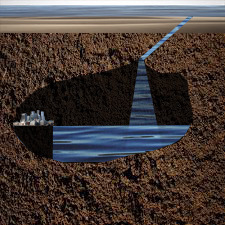UA9: NARRATIVE_CIRCULAR CITY
TIMELINE
Idea of Circular city
How it changes the world because of climate change
Activities from the past in the future
Dubai is a unique and fragile city built in one of the most inhospitable environments in the world. Finding its riches in the oil underground it has grown rapidly anf is now home to some of the wealthliest individuals in the world and is nicknamed the shopping mall of the rich. However, oil is a limited resource, so what will happen when the oil runs out? Furthermore, our planet is changing and global temperatures are predicted to the rise. Alongside the melting of the ice caps global sea levels are expected to rise, up to 60m in Dubai in the future. This will drastically change Dubai, which needs to adapt in order to thrive.
Many buildings in Dubai are very tall and the city is home to the current tallest building in the world. Despite this, many public facilites will be lost under the waters, forcing society above and below ground. Above ground, previous structures will be reused and converted. Spatial programs will change and we will become more frugal. A new landscape of structures resembling oil-platforms will arise. A reminder to the past in the circular city cycle.
Due to the mass of water above, only the deppest layers will be habitable, perhaps even inhabiting the caverns where the oil once lay. Like above ground, a new social structure will form. Unlike today where social heirachy is mimicked in architectural heirachy, program will be determined by situation depending on rock type and depth which in turn varies humidity and temperature. In order for this to work, humans must obtain the elements of life including water and light. Light can be funneled through pipes to the deepest layers meanwhile new seas can be formed from redistributing and altering the excess of water to underground caverns.
Catherine Bookham, Elia Montagud, Jaechan KO, Jesús Escamezrico
Catherine Bookham, Elia Montagud, Jaechan KO, Jesús Escamezrico
















Comentarios
Publicar un comentario